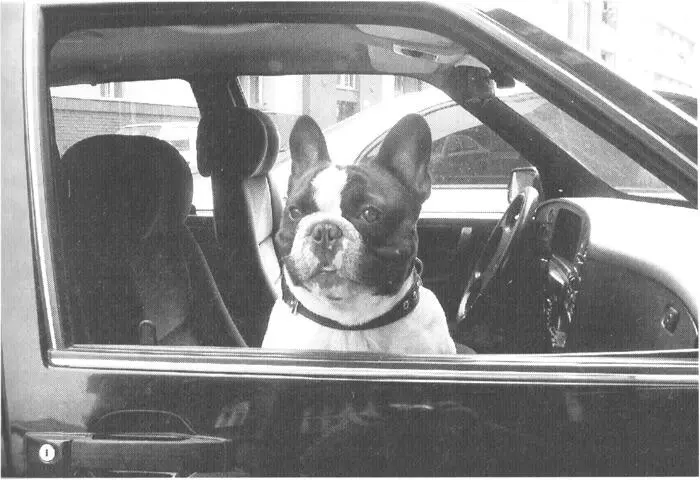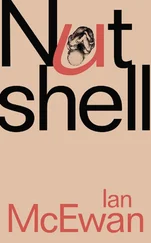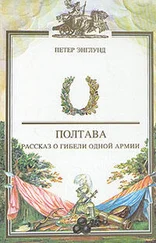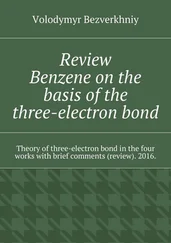To some people, four-legged, barking creatures are a delight and a blessing. Others hate them like poison. Irrespective of which of these two groups you belong to, prepare for the reality: the Czech Republic is the ultimate dog country.
The exact number of hounds running around in Bohemiaand Moraviais hard to come by, since owners do not always bother to register their pets with the Czech Canine Association. But anyone who has spent a day or two in this country will probably conclude that it must be close to the number of inhabitants.
Some foreignershave compared the Czechs’ relationship to dogs with the Hindus’ worship of cows. That’s by all standards a bit exaggerated — the Hindus don’t eat their cows, while dog meat is considered a delicacy in Valachia in Moravia. What we can say for sure, though, is that dogs are serious business to many Czechs.
However, it would be more speculative to explain why they have become such passionate dog-lovers. One might have understood it if the Czech Republic had been a typically rural country, where people traditionally used dogs to tend cattle or sheep. But it’s not, as nearly 70 percent of the population live in cities. Maybe the explanation is that most of today’s city-dwellers are children or grandchildren of rural Czechs who moved to find work in the cities after the Second World War, so they are subconsciously more attracted to dogs than people in countries with longer urban traditions?
A psychologist would likely see the Czechs’ dog craze in a broader perspective. When the Bolsheviks were in power, the shrink would say, the average Czech always had to be on the alert (see: Communism). You constantly had to watch your mouth, and you never really knew whom to trust. In such circumstances, what could be a better friend than a dog?

Photo © Terje B. Englund
True, its communicationcapabilities are somewhat limited, but that shortcoming is abundantly compensated for by the affection, loyalty and love it offers. Moreover, a dog would never squeal on you, which is a big asset in a country where the StB — the secret police — had some 80,000 informers (see: Lustration). Subsequently, the more disgusted the Czechs were by their communist surroundings, the more they loved their dogs.
Or perhaps it worked the other way round? When the regime constantly bossed people about, the people got themselves dogs just to boss somebody about too?
In any event, the Czechs’ doggy passion has its bright and dark sides. The bright side (that is, if you share this passion) is that you can run into dogs of all thinkable races and sizes in any thinkable place. For instance, in a cinema. And a dog can almost always be used as a pretext to strike up a conversation. If you see an attractive woman walking her pet in a park (see: Sex), some nice words about her dog (“Is this beautiful creature a poodle or a pit-bull?”) will increase your chances far more than if you were to approach her in a bar with some “Hi baby, haven’t I seen you somewhere before?”
The dark side is that absolutely every person in this country regards it as his or her human right to keep a husky or a St. Bernhard’s hound in a flat of 20 square meters. This anarchy is also reflected by the country’s legislation. Even though people — sadly enough, often children — are regularly killed by fighter dogs, every attempt to prohibit the rearing of aggressive races has been firmly and so far very successfully blocked by the vociferous Canine Association as “violations of the individual’s freedom”.
And most annoying: while having a dog is considered every person’s natural right, cleaning up its waste is, putting it mildly, rarely considered to be a duty. In Prague, for instance, some pavements are so densely decorated with doggy droppings that you’d better put on rubber boots before taking a stroll.
True, this goes for lots of other European cities as well, but hardly any of them has such a lethal mix of magnificent architecture and lovely ladies (see: Beauty Contests). One moment you’re admiring the facade of a baroque palace or a local sex bomb passing by, and the next moment you slip on a big, fat, smelly......
All nations have their strange sides. The Scandinavians, for instance, loudly praise their potato brandy, aquavit , even though every sane foreignerknows it tastes like an alcoholicblend of wolf urine and enriched uranium.
The Czechs, of course, have their peculiarities, too. One of the most amazing ones occurs every time the otherwise jovial and polite Pepa Novák — the Czech Everyman — becomes a car driver. Just as Řehoř Samsa, the protagonist in one of Franz Kafka’sshort stories, woke up one morning and discovered he had metamorphosed into an enormous beetle, the power of the engine seems to convert most of the Pepas into ruthless maniacs.
Unfortunately, this view is not the personal prejudice of some militant ecologist. In 2003, nearly 1,300 people were killed on Bohemianand Moravianroads (victims under the age of 30 made up an alarming majority), and another 5,000 were severely injured. Measured in number of accidents in relation to the number of cars, the Czechs rank among the most dangerous drivers in Europe.
To paint an even gloomier picture: while fatal accidents in OECD countries during recent years have decreased by an annual average of 2 percent, in the Czech Republic they increased by almost 10 percent. Currently, you are eight times more likely to be killed by a Czech car driver than by a Czech criminal (see: Kajínek) — if that can be of any comfort.
Let’s be fair to Pepa : this is definitely not only a question of venting suppressed aggression behind the steering wheel or downright ruthlessness.
During the first ten years after the Velvet Revolution, the number of vehicles on Czech roads — mainly thanks to enormous imports of used cars of dubious quality from Germany — grew more than it did during the entire century before 1989. Today, auto density in areas like Prague is one of the highest in Europe, while the average car is older than modern safety inventions such as airbags or ABS brakes.
And then there’s the issue of money, of course. With all those tunnelled banks to save, the state simply lacks the funds to pay for improved road quality, roundabouts, more police controls (some 10 percent of the people who annually die in traffic accidents are killed by drunken drivers) and even such basic safety measures as traffic lights. And finally, it’s a question of education. But Pepa can hardly be blamed for the fact that Czech auto schools are somewhat outdated.
What can be done to curb the grim death toll? Abolishing the speed limit on highways or raising it to 70 km/h at night in inhabited areas, as a group of right-wing politicians (see: Pepa from Hong Kong) suggested some years ago, might not be the correct answer.
The Ministry of Transport, on the other hand, came up with a somewhat better idea when it presented a new traffic law, introducing such revolutionary novelties as pedestrian priority on zebra crossings, the obligatory use of children’s safety seats and helmets on motorcycles, cars using lights in the day-time, the banning of speaking on mobile phones whilst driving and the abolition of anti-radar devices. The draft law triggered a heated debate in the Parliament, but eventually, it was adopted with some minor adjustments.
So, will it work? Václav Špička, of the Czech Auto Club, believes it will. But not without some help. “We won’t achieve a radical improvement until driving safely becomes a social convention,” he told Czech media right after the new law was adopted. “Just as it’s not accepted to spit on the floor, it must be conventional that you don’t behave like a hooligan behind the wheel.”
Читать дальше









![Theresa Cheung - The Dream Dictionary from A to Z [Revised edition] - The Ultimate A–Z to Interpret the Secrets of Your Dreams](/books/692092/theresa-cheung-the-dream-dictionary-from-a-to-z-r-thumb.webp)



